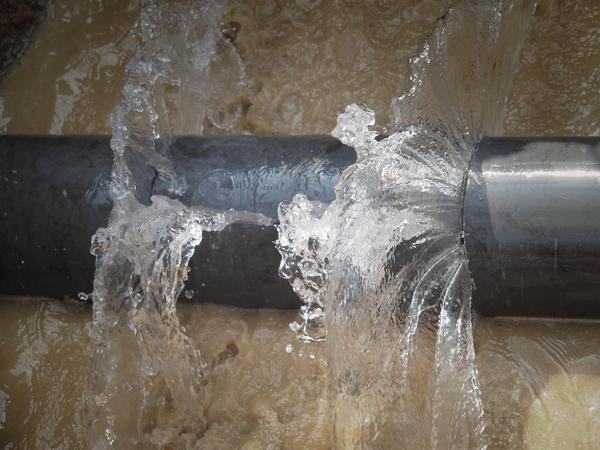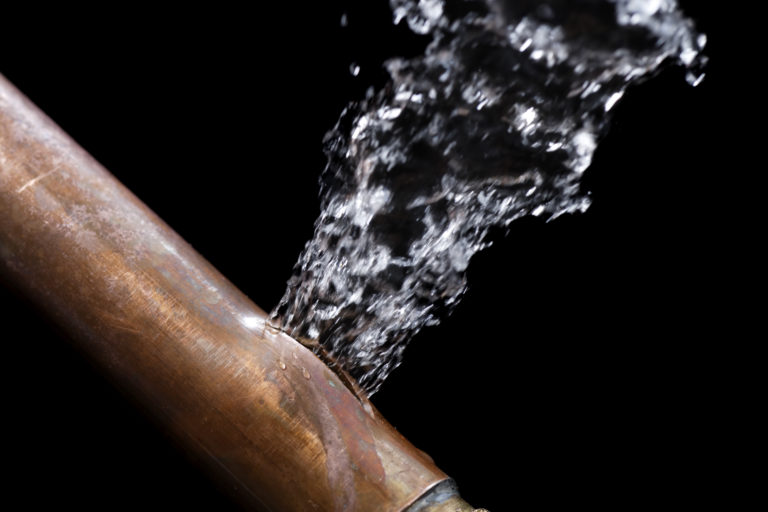Were you trying to locate advice around Got a Burst Pipe? Turn Off Your Main Water Valve?

You should understand exactly how to switch off your main water line if you struggle with a ruptured pipeline. Do not wait for a plumbing emergency prior to learning how to get this done. Besides, apart from emergency leaks, you will need to switch off your main water valve for plumbing fixings or if you leave for a lengthy journey. Find out more about it in this mini guide.
Why Must You Shut the Main Line Off?
Acquainting on your own with how your mainline switches on and also off can conserve you during an emergency. As an example, when a pipeline instantly bursts in your residence, you'll be besieged with panic. Thus, you can easily close the valve off and also protect against a lot more damages if you recognize what to do. On top of that, shutting this off guarantees you do not need to manage a sudden flooding in your house.
In addition to that, closing and also opening the valves once in a while guarantees they don't get stuck. It is additionally the very best time for you to check for corrosion or various other broken connections. Furthermore, make it a point to enlighten other member of the family on what to do. This makes regular maintenance and handling emergencies so much simpler. You can potentially save on your own hundreds of bucks out of commission.
Where is This Main Valve Found?
The main water line supply can differ, so you may require to find time to identify where it is. Regrettably, when your house is getting drenched as a result of a burst pipeline, you do not have the luxury of time throughout an emergency. Therefore, you have to get ready for this plumbing dilemma by learning where the valve is located.
This shutoff valve might resemble a round valve (with a lever-type manage) or an entrance valve (with a circle faucet). Placement relies on the age of your house as well as the environment in your location. Examine the adhering to typical places:
Must This Always Be Turn off?
Besides emergency situations, fixings, or long getaways, you may not need to turn off the primary shutoff. As an example, if only one component has concerns, you can switch off the branch valve in that area. By doing this, you can still use water in various other parts of your home. For ideal outcomes, call a dependable plumber for emergency situations.
Steps to Take When a Pipe Bursts
No one can deny that owning a home is a major expense, especially if it’s a mature model. When it comes to a busted water pipe, the damage can be serious for your home, your possessions, and your health if the mess is not cleaned up properly.
Stop the water
First thing, turn off the water flow when you suspect a pipe has broken, even if you don’t know where the water’s coming from. You’ll find the stop tap on the water main. It is typically located under the kitchen sink or where the main service pipe connects to your house. Every family member should know the location of the water shut-off stopcock for emergencies.
Once the main water switch is off, you’ll need to drain the pipes. To do this, run the cold water on all the faucets. Be sure to flush each toilet at least once. Shut off the hot water heater. Once the hot water system is off, go back to each faucet and run the hot water to drain that supply. When there is no more running tap water, the leak will stop.
Locate the broken pipe and inspect the damage
After draining all the excess water, locate the burst pipe. Inspect the damage and consider where the pipe is located before you run off to the home improvement store. Regardless of the damage or size of the break, a major water pipe will take more time and effort to replace because it holds more water and leads to additional connections, as opposed to a single pipe under the bathroom sink.
If it’s a small break, you might be able to patch it and prevent further damage while saving money. If you use a commercial tape or chemical bonding agent, however, keep an eye on that repair job, because it might burst later and you’ll back where you started.
Repair the burst pipe
Fixing a rupture or crack in non-main pipes is usually fairly straightforward, but it can become expensive depending on the mending material you choose. Here is an inexpensive repair for small cracks and water breaks that also gives you superior hold.
You’ll need an extra-long length of ordinary garden hose and two or three hose clamps or similar grips that produce extreme constriction. Measure the fissure or crack and cut the garden hose about ten inches longer than needed to fill the broken area.
Next, slice the garden hose so you can slip it over the crack or burst in the water pipe. Using the hose clamps or similar brackets, hold the hose portion over the busted area and compress it as tight as it will go. Test your repair by turning on the water.
If the break is larger, use a hacksaw to cut away the portion of the pipe that’s busted. Be sure to cut it about an inch larger on either side of the rupture. When replacing the missing piece of pipe, use pipe spacers and sealant, but do not tighten it too tight. When a compression nut is too tight it causes an ovaling effect that leads to further leaking. If you tightened the compression nut too much and the repair ovals, start with another compression nut.
Bring in a professional drying crew
If the water from the burst pipe is on the walls or ceilings as well as the floor, contact a professional water restoration company. Simply using fans and open windows to dry a soaked area is an invitation to mold, mildew, and even serious illness for your family. You will also want to shut off the electrical power to that area of the house as a precaution against shocks.
If you have successfully restored your home to its original state or fixed a burst pipe on your own, congratulations! Be sure to run the cold water, then the hot water; and don’t forget to flush the toilets before normal usage begins.

I'm certainly very fascinated by How to Shut off Your Water When Pipe’s Burst and I really hope you enjoyed reading my entry. Kindly take the time to distribute this blog posting if you liked it. Thanks a lot for your time. Visit again soon.
Quality service? Ring us.